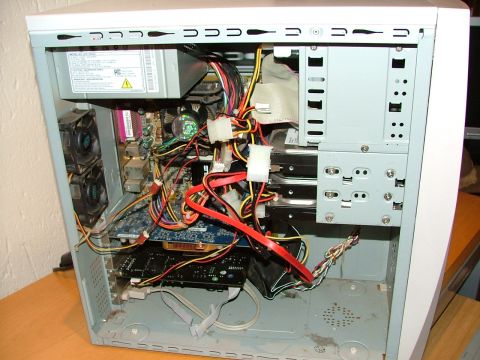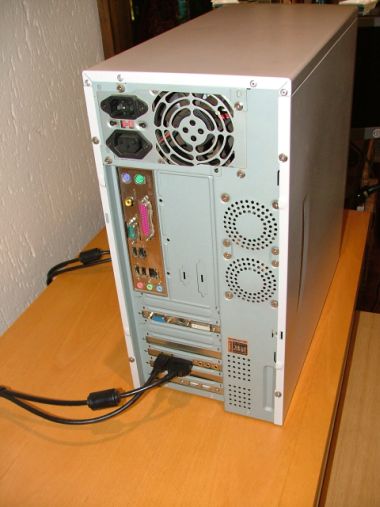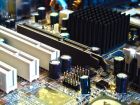Computer Cases
What goes into a computer case? Is it important?
Choosing a computer case might sound like an easy task but there are some things that you have to look out for.
For instance, if you're going to have lots of peripherals like disks and add in cards, then you would probably need a bigger case. Let's dig a little deeper.
The Basics
Also known as a PC case or just case.You use a PC case to build your motherboard and all components into it.
It usually contains a power supply that connect to your motherboard for power.
It also has openings at the back where you connect your input and output devices like screen, keyboard, printer etc.
PC Case Open
If you look at the image you can see that the motherboard and all add in cards are slotted into the PC case.
The case is designed in such a way that all your components fits nicely into it.
Shapes and Sizes
PC cases comes in different shapes and sizes called the form factor of the case. The driving force behind these forms factors are the motherboard.
You cannot, for instance, build an AT form factor motherboard in an ATX (Advanced Technology Extended) case. The connectors at the back would not fit correctly in their slots.
PC Case Rear
Layout
The layout of a PC case is fairly straight forward. The motherboard is screwed to the chassis at the bottom if the case lies on it side.
The power supply is usually at the top when the case is upright and has power cables that connects to the motherboard.
Then there's drive bays at the front with screw holes to fasten the disks with.
You have buttons and LEDs(Light emitting Diodes ) in the front outside of the case.You can use these to switch the PC on and off and get visual feedback of your components via the LEDs.
Return from Computer Case to Computer Components
Back to What is My Computer



